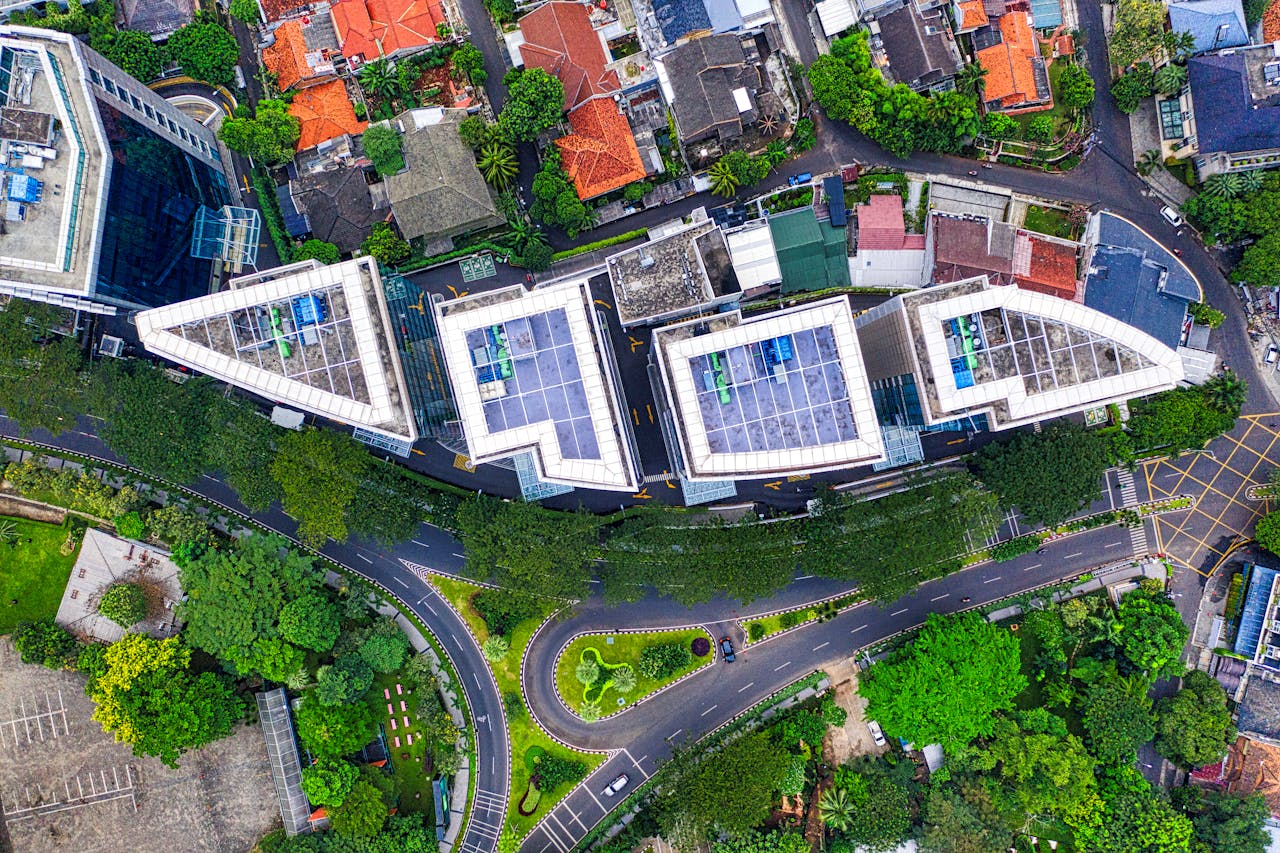Aerospace, Vol. 12, Pages 785: Preliminary Structural System Design for Planetary Sunshade
Aerospace doi: 10.3390/aerospace12090785
Authors:
Town
Pushparaj
Cappelletti
As global temperatures continue to rise despite international mitigation efforts, geoengineering has emerged as a potential avenue for climate intervention. One of the most promising and ambitious concepts is the Planetary sunshade—a large-scale structure located at Lagrange Point L1, designed to reduce solar irradiance by physically blocking or redirecting incoming photons. This paper presents a structural design solution for this ambitious system, focusing on deployable mechanisms, frame architecture, and sail configurations that enable rapid mass production and deployment of solar sails components. The design process follows the European Cooperation for Space Standardization (ECSS) methodology through its early-phase stages, utilizing weighted decision matrices for concept selection and material evaluation. Finite element analysis (FEA) was used to validate structural integrity under Atlas V launch and operational conditions. The final design features a 1297 m2 sail composed of four triangular segments, deployed via booms and stowed using a vertical folding pattern around a central spool. The booms incorporate arch-shaped cross-sections to enhance stiffness. This configuration achieves a radius expansion ratio of 25 and a sail efficiency factor of 0.5, ensuring survivability under Atlas V launch loads.
Source link
Town www.mdpi.com


